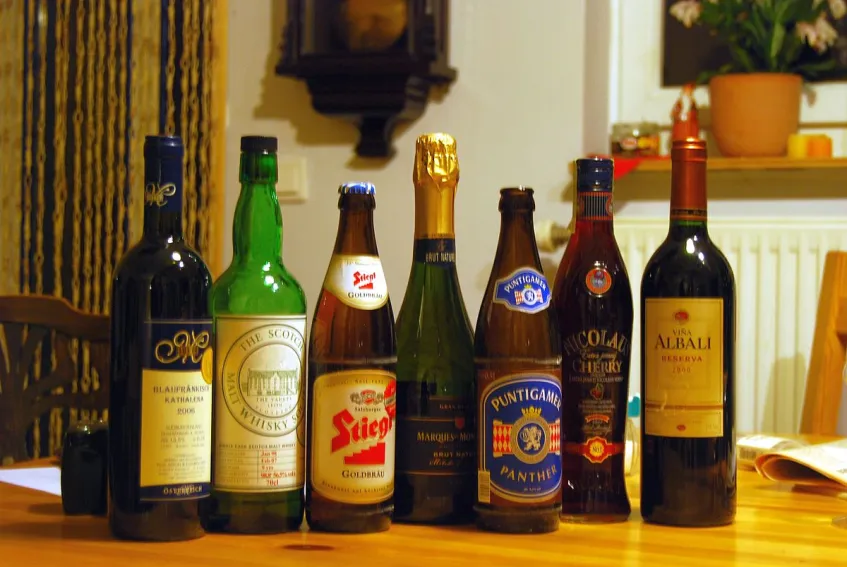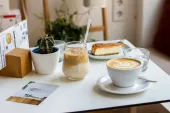
Roy Morgan Research releases latest Alcohol Retail Currency report
Last year, Australians spent a grand total of $14.5 billion on alcohol they purchased from a liquor retailer (as opposed to a bar or other licensed venue). Almost three-quarters of this went to supermarket-affiliated retailers, with hotel bottle shops and independent stores trailing well behind, the latest Alcohol Retail Currency report from Roy Morgan Research revealed.
The most striking development was the continued rise of ‘big box’ powerhouse Dan Murphy’s. The Woolworths’-owned chain accounted for nearly 30% of the total dollars—or $4.3 billion—spent by Australians on alcohol in 2016 (up from 25.4% in 2015). Woolworths’ two other alcohol retailers, Woolworths Liquor and BWS, saw their market share shrink, but Dan Murphy’s growth was robust enough to ensure that, between them, the three Woolworths’-owned retailers have a total dollar market share of just under 50% (49.2%/$7.1 billion).
A longer-term view reveals that Woolworths Liquor has been on the slide since at least 2012, while BWS’s recent decline comes after a period of relative stability. Dan Murphy’s has been up and down during this time, but has been increasing steadily since mid-2014.
Market share over time: supermarket liquor stores’ total alcohol retail share of dollars

Source: Roy Morgan Single Source (Australia), January 2012-December 2016. Base: Australians 18+ who purchased packaged alcohol last 7 days. * NB: Woolworths Group = Woolworths Liquor, BWS and Dan Murphy’s; Coles Group = Liquorland, First Choice and Vintage Cellars.
First Choice did the best of the Coles-owned liquor retailers, growing its market share from 4.5% to 5.0% ($0.7 billion) over the last year, but will need to remain vigilant against the threat of ALDI Liquor, which increased its share to 3.5% (or $0.5 billion) from 2.4% year-on-year, and has shown a steeper upwards trajectory over the last four years than First Choice. (However, First Choice currently leads its field for customer satisfaction: the chain won the Roy Morgan Customer Satisfaction Award for Liquor Store of the Year for 2016, as judged by Australian consumers—and the word-of-mouth promotion that comes from happy customers cannot be under-estimated…)
Year-on-year declines for Liquorland and Vintage Cellars mean that the Coles Group’s total market share has slipped slightly from 15.9% to 15.5% ($2.2 billion), and is well down on their 17.4% share back in 2012.
The bigger picture
Overall, supermarket chains such as Dan Murphy’s, First Choice, Liquorland, BWS and ALDI Liquor amassed $10.5 billion of the total amount spent by Aussies on alcohol in a retail environment in 2016. Hotel bottle shops (such as Thirsty Camel) accounted for $1.8 billion, ahead of independents such as Cellarbrations ($1.5 billion), wine clubs ($0.7 billion) and duty free stores ($0.1 billion).
Alcohol retail dollars by store type
.jpg)
Source: Roy Morgan Single Source (Australia), January-December 2016, n=3,502. Base: Australians 18+ who purchased packaged alcohol last 7 days. * NB: Woolworths Group = Woolworths Liquor, BWS and Dan Murphy’s; Coles Group = Liquorland, First Choice and Vintage Cellars.
Proportionally speaking, supermarket-owned chains now account for 72.3% of the total market share (up on 69.1% in 2015), with other alcohol retailers trending either downwards or steady. The independents’ share declined markedly (from 12.7% to 10.4%), while duty free stores also suffered (now accounting for just 0.5% of total alcohol retail dollars spent, down from 1.4%). Hotel bottle shops and wine clubs were relatively stable.
Norman Morris, Industry Communications Director, Roy Morgan Research, says: “The latest Roy Morgan Alcohol Retail Currency report reveals that supermarket-owned retailers continue to lead the liquor market, with the Woolworths’-owned Dan Murphy’s in particular maintaining (and building on) its dominant status.
“For independents, hotel bottle shops and less mainstream supermarket chains wishing to remain competitive, it is essential to understand what it is about Dan Murphy’s that attracts such a large (and growing) share of the market and to do what they can to emulate these qualities. For example, Roy Morgan data shows that people who usually shop at Dan Murphy’s place above-average importance on a good range and a well laid-out store where it’s easy to find what they’re looking for. At the same time, they enjoy having a good look around liquor stores, suggesting a willingness to browse rather than just zone in on what they came for and then get out fast.
“Additionally, the smaller retailers need to be aware what their existing customers value in a bottle shop—whether it’s being located close to other shopping spots (ALDI and IGA Liquor customers place great importance on this), low wine prices (noticeably more important for ALDI shoppers) or good specials (a particular priority for First Choice customers)—and ensure that they continue to meet these expectations.
“As with Bunnings in the hardware sector, Dan Murphy’s is such a category killer for the alcohol retail market, that it’s unlikely to face any challenges from its smaller rivals in the near future. But this doesn’t mean the smaller players can’t claim more of the booze market for themselves, by emphasising their unique strengths at the same time as they apply what they can from Dan Murphy’s success to their own business model.
“Admittedly, it’s a fine line to tread, but with the insights available within Roy Morgan’s in-depth alcohol customer data, bottle shops stand a better chance of shaping their marketing strategy to appeal to the widest range of liquor shoppers possible and thus adapt to this ever-changing retail sector.”
























